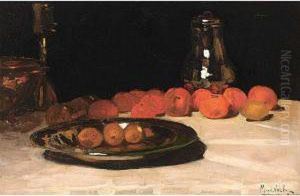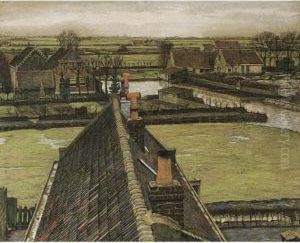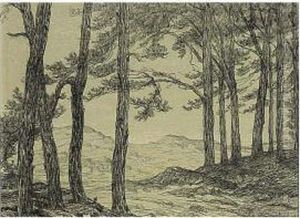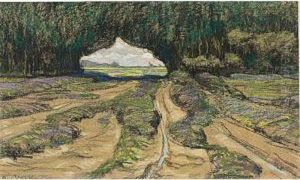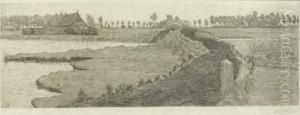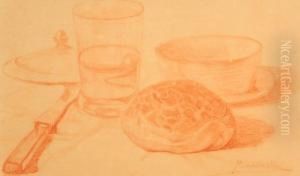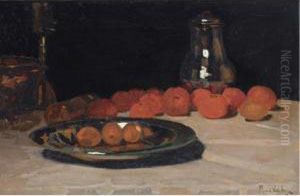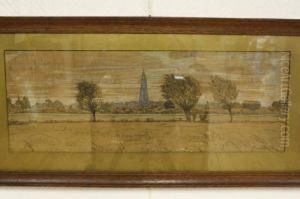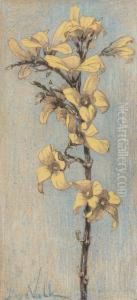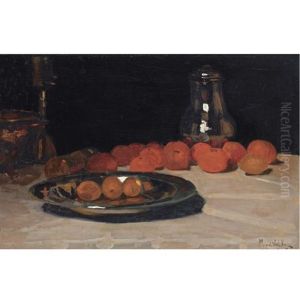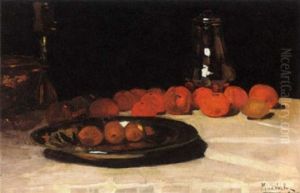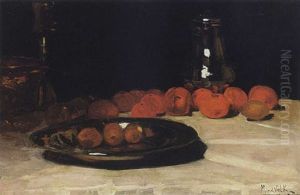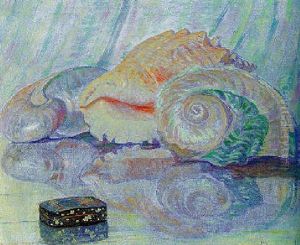Maurits Van Der Valk Paintings
Maurits van der Valk was a Dutch painter born on August 11, 1857, in Amsterdam, Netherlands. He was associated with the Amsterdam Impressionism movement and was known for his genre scenes, portraits, and still-life paintings. His style was influenced by the Impressionist painters of France, but he also retained elements of the Dutch painting tradition.
Van der Valk received his artistic training at the Rijksakademie van beeldende kunsten (State Academy of Fine Arts) in Amsterdam. He was a student of Allebé, a professor who was instrumental in the development of many Dutch artists at the time. Van der Valk’s early work was characterized by a dark palette and detailed realism, which was typical of the academic art training of the period.
As his style evolved, Van der Valk became more interested in the effects of light and color, which led him to adopt a looser brushstroke and a brighter palette. This shift paralleled the broader movement of Impressionism that was spreading across Europe. He was particularly interested in capturing the atmosphere of a scene, and he often painted urban life in Amsterdam as well as the Dutch countryside.
Despite his alignment with the Impressionist movement, Van der Valk never achieved the same level of fame as some of his contemporaries. Nonetheless, his work was appreciated in his native country and he participated in various exhibitions. He was a member of the artist’s society 'Arti et Amicitiae' (Art and Friendship) and 'Sint Lucas', both in Amsterdam, which played a significant role in the Dutch art scene of the time.
Maurits van der Valk continued to paint throughout his life, but he never ventured far from the Netherlands, choosing instead to focus on the landscapes and cityscapes of his homeland. He passed away on November 21, 1935, in Blaricum, Netherlands. Today, his works can be seen in Dutch museums and are part of private and public collections that celebrate the legacy of the Amsterdam Impressionists.
